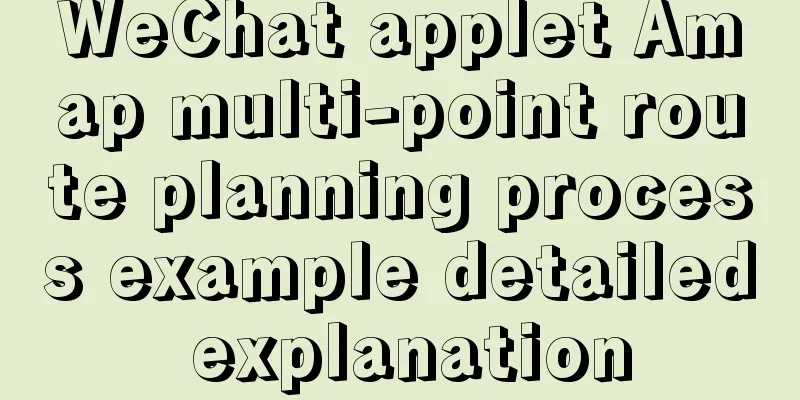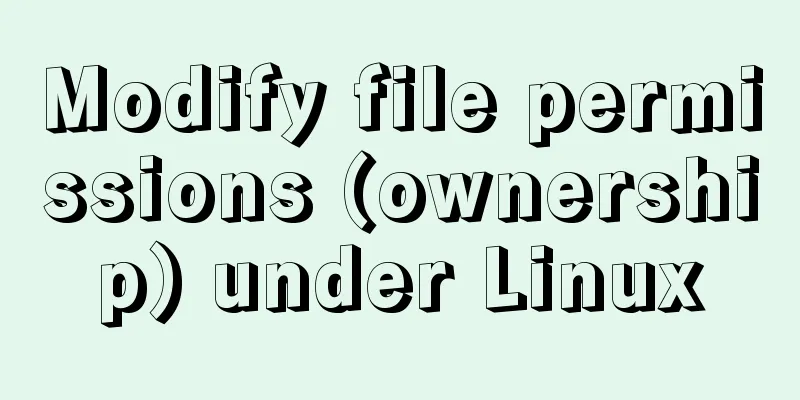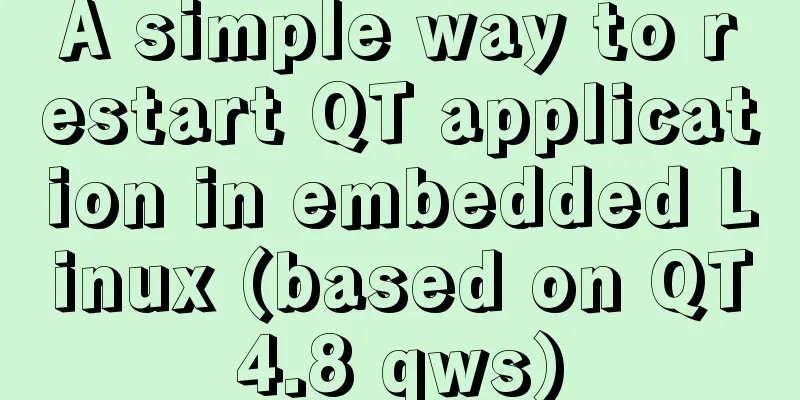SQL function to merge a field together

|
Recently, I need to query all the fields in a related table and regroup them into one field. At this time, ordinary join query cannot meet the needs, and SQL function is needed to complete it:
ALTER function dbo.getResCodesByOwnerId(@OwnerId INT)
returns nvarchar(2000)
as
begin
DECLARE @codes VARCHAR(2000)
SET @codes=''
select @codes=stuff((select ','+residence_code from crm_owner co left join crm_owner_residence cor on co.id=cor.owner_id where co.id=@OwnerId for xml path('')),1,1,'')
return @codes
END
Take the data with id = 2 for testing and get the result: select (database name).getResCodesByOwnerId(fr.owner_id) as room_code from t1 fr left join t2 frd on fr.owner_id=frd.owner_id result: 1101010105,11GU002,1101010104 Supplement: SQL STUFF function concatenates strings Today I saw an article about parallelism. I also studied it and it was pretty good.
Want this effect.create table tb(idint, value varchar(10)) insert into tbvalues(1,'aa') insert into tbvalues(1,'bb') insert into tbvalues(2,'aaa') insert into tbvalues(2,'bbb') insert into tbvalues(2,'ccc') go /* stuff(param1, startIndex, length, param2) Description: Delete length characters from param1 starting from startIndex (SQL starts at 1, not 0), and then replace the deleted characters with param2. */
SELECT id,
value = stuff
((SELECT ',' + value
FROM tb AS t
WHERE t .id = tb.id FOR xml path('')), 1, 1, '')
FROM tb
GROUP BY idThat's it. Information collected
/*
Title: One of the strings merged by a field (simple merge)
Author: (After 18 years of wind and rain, the snow lotus blooms on the iceberg)
Location: Shenzhen, Guangdong Description: Merge the following data into the value field according to the id field.
id value
----- ------
1aa
1 bb
2 aaa
2 bbb
2 ccc
Need to get the result:
id value
------ -----------
1 aa,bb
2 aaa,bbb,ccc
That is: group by id, find the sum of value (string addition)
*/
--1. In sql2000, you can only use custom functions to solve create table tb(id int, value varchar(10))
insert into tb values(1, 'aa')
insert into tb values(1, 'bb')
insert into tb values(2, 'aaa')
insert into tb values(2, 'bbb')
insert into tb values(2, 'ccc')
go
create function dbo.f_str(@id varchar(10)) returns varchar(1000)
as
begin
declare @str varchar(1000)
select @str = isnull(@str + ',' , '') + cast(value as varchar) from tb where id = @id
return @str
end
go
--Call function select id, value = dbo.f_str(id) from tb group by id
drop function dbo.f_str
drop table tb
--2. Method create table tb(id int, value varchar(10)) in sql2005
insert into tb values(1, 'aa')
insert into tb values(1, 'bb')
insert into tb values(2, 'aaa')
insert into tb values(2, 'bbb')
insert into tb values(2, 'ccc')
go
select id, [value] = stuff((select ',' + [value] from tb t where id = tb.id for xml path('')) , 1 , 1 , '')
from tb
group by id
drop table tb
--3. Use cursor to merge data create table tb(id int, value varchar(10))
insert into tb values(1, 'aa')
insert into tb values(1, 'bb')
insert into tb values(2, 'aaa')
insert into tb values(2, 'bbb')
insert into tb values(2, 'ccc')
go
declare @t table(id int,value varchar(100))--define result set table variable--define cursor and merge process declare my_cursor cursor local for
select id , value from tb
declare @id_old int , @id int , @value varchar(10) , @s varchar(100)
open my_cursor
fetch my_cursor into @id , @value
select @id_old = @id , @s=''
while @@FETCH_STATUS = 0
begin
if @id = @id_old
select @s = @s + ',' + cast(@value as varchar)
else
begin
insert @t values(@id_old , stuff(@s,1,1,''))
select @s = ',' + cast(@value as varchar) , @id_old = @id
end
fetch my_cursor into @id , @value
END
insert @t values(@id_old , stuff(@s,1,1,''))
close my_cursor
deallocate my_cursor
select * from @t
drop table tbThe above is my personal experience. I hope it can give you a reference. I also hope that you will support 123WORDPRESS.COM. If there are any mistakes or incomplete considerations, please feel free to correct me. You may also be interested in:
|
<<: Hyperlink icon specifications: improve article readability
>>: Use of Docker UI, a Docker visualization management tool
Recommend
MySQL implements enterprise-level log management, backup and recovery practical tutorial
background As the business develops, the company&...
jQuery implements form validation function
jQuery form validation example / including userna...
Detailed explanation of the causes and solutions of conflicts between filters and fixed
Problem Description When filter attribute is used...
Detailed explanation of MLSQL compile-time permission control example
Preface The simple understanding of MySQL permiss...
Sample code for modifying the input prompt text style in html
On many websites, we have seen the input box disp...
How to purchase and initially build a server
I haven't worked with servers for a while. No...
Solution to the error when importing MySQL big data in Navicat
The data that Navicat has exported cannot be impo...
Use Python to connect to MySQL database using the pymysql module
Install pymysql pip install pymysql 2|0Using pymy...
How to configure wordpress with nginx
Before, I had built WordPress myself, but at that...
Summary of Linux user groups and permissions
User Groups In Linux, every user must belong to a...
How to install Oracle on Windows Server 2016
1. Install Oracle There are too many Oracle insta...
A brief discussion on the lazy loading attribute pattern in JavaScript
Table of contents 1. Introduction 2. On-demand at...
jQuery to achieve the barrage effect case
This article shares the specific code of jQuery t...
Detailed explanation of CocosCreator MVC architecture
Overview This article will introduce the MVC arch...
Summary of Nginx location and proxy_pass path configuration issues
Table of contents 1. Basic configuration of Nginx...










